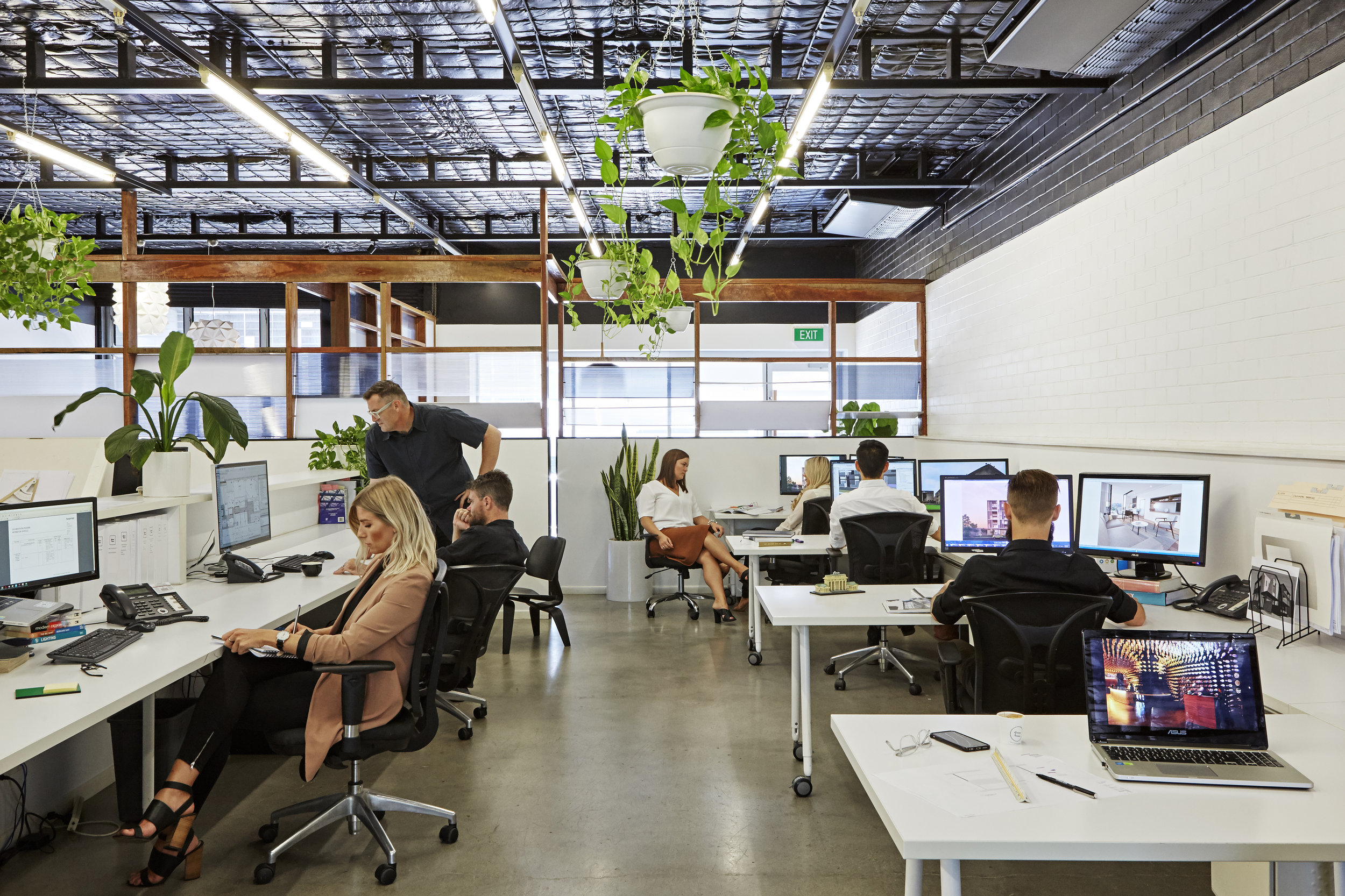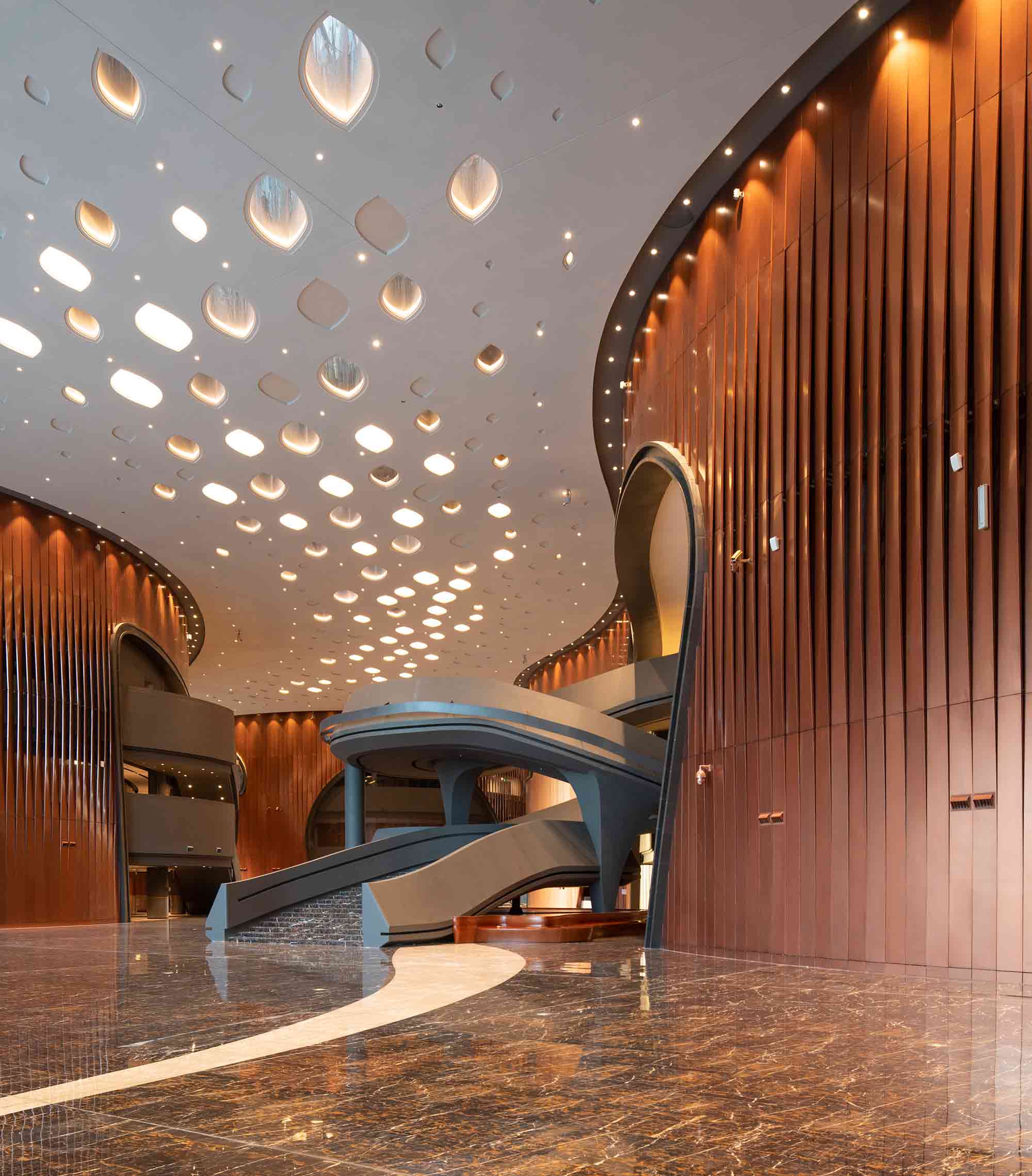Work with a Luxury Residential Architect to Build a Timeless Masterpiece
Work with a Luxury Residential Architect to Build a Timeless Masterpiece
Blog Article
The Art of Balance: Just How Interior Design and Home Designer Collaborate for Stunning Outcomes
In the world of home layout, striking an equilibrium between aesthetics and functionality is no little accomplishment. This fragile stability is accomplished through the unified cooperation in between indoor designers and designers, each bringing their special know-how to the table. The result? Rooms that are not only aesthetically sensational yet likewise very livable. This perfect blend is not constantly easy to attain. Stick with us as we check out the ins and outs of this joint process and its transformative effect on home style.
Recognizing the Core Distinctions In Between Interior Decoration and Home Design
While both Interior Design and home architecture play vital duties in producing visually pleasing and practical spaces, they are inherently different techniques. Home design primarily concentrates on the structural elements of the home, such as building codes, safety and security regulations, and the physical building and construction of the area. It handles the 'bones' of the framework, collaborating with spatial measurements, bearing walls, and roofing system designs. On the other hand, Interior Design is extra concerned with boosting the visual and sensory experience within that framework. It involves choose and organizing furnishings, selecting color schemes, and integrating attractive components. While they function in tandem, their functions, duties, and locations of competence diverge significantly in the production of a harmonious home atmosphere.
The Harmony Between Home Design and Interior Design
The synergy between home design and Interior Design lies in a shared vision of layout and the improvement of functional appearances. When these two fields align harmoniously, they can change a home from normal to phenomenal. This collaboration needs a much deeper understanding of each discipline's principles and the ability to create a cohesive, aesthetically pleasing environment.
Unifying Design Vision
Unifying the vision for home design and Interior Design can produce a harmonious space that is both practical and visually pleasing. The equilibrium starts with an incorporated way of thinking; designers and interior developers work together, each bringing their know-how. This unison of concepts creates the design vision, a blueprint that overviews the project. This shared vision is important for consistency throughout the home, making sure a liquid change from outside architecture to indoor spaces. It promotes a collaborating approach where building elements enhance Interior Design components and the other way around. The outcome is a cohesive space that reflects the home owner's personality, preference, and way of life. Therefore, unifying the style vision is vital in blending architecture and Interior Design for stunning results.
Enhancing Practical Aesthetics
Exactly how does the synergy in between home style and indoor style improve practical appearances? Engineers lay the foundation with their structural style, guaranteeing that the space is useful and efficient. An engineer may create a home with high ceilings and big windows.
Relevance of Partnership in Creating Balanced Spaces
The collaboration in between interior designers and architects is critical in producing balanced spaces. It brings consistency in between design and design, giving birth to rooms that are not only cosmetically pleasing yet additionally functional. Exploring successful joint techniques can give insights right into how this harmony can be efficiently attained.
Harmonizing Layout and Architecture
Equilibrium, a necessary element of both Interior Design and design, can just really be accomplished when these 2 fields operate in harmony. This consistency is not merely a visual factor to consider; it affects the capability, resilience, and inevitably, the livability of a space. Inside designers and designers should comprehend each various other's roles, respect their knowledge, and interact properly. They must think about the interaction of architectural components with decor, the flow of rooms, and the influence of light and color. This collaborative process leads to a natural, well balanced layout where every component has a purpose and contributes to the general visual. Balancing style and design is not just regarding creating stunning rooms, yet regarding crafting areas that work perfectly for their residents.
Effective Collaborative Strategies

Situation Studies: Effective Integration of Layout and Design
Examining numerous situation research studies, it becomes noticeable exactly how the effective combination of Interior Design and style can transform a room. The Glass House in Connecticut, renowned for its minimalistic style, is one such instance. Architect website here Philip Johnson and indoor designer Mies van der Rohe teamed up to produce an unified balance in between the structure and the inside, resulting in a smooth flow from the outside landscape to the internal living quarters. Another prototype is the Fallingwater House in Pennsylvania. Designer blog Frank Lloyd Wright and indoor designer Edgar Kaufmann Jr.'s collective initiatives result in an amazingly distinct home that mixes with its natural surroundings. These instance studies underline the profound effect of an effective style and style cooperation.

Getting Rid Of Challenges in Design and Style Cooperation
Despite the obvious advantages of a successful cooperation between Interior Design and architecture, it is not without its challenges. Interaction concerns can develop, as both celebrations may utilize different terminologies, understandings, and strategies in their job. This can bring about misconceptions and delays in job completion. Another major challenge is the balancing act of visual appeals and performance. Architects might focus on structural integrity and safety and security, while designers concentrate on comfort and style. The integration of these objectives can be intricate. Furthermore, budget and timeline restrictions typically include pressure, possibly causing rifts in the collaboration. Therefore, effective communication, shared understanding, and compromise are vital to get rid of these difficulties and achieve a effective and unified cooperation.

Future Trends: The Developing Connection In Between Home Architects and Interior Designers
As the world of home layout continues to evolve, so does the partnership between designers and indoor developers. Conversely, indoor developers are welcoming technical aspects, affecting general format and functionality. The future guarantees a much more cohesive, ingenious, and adaptive technique to home layout, as designers and engineers continue to obscure the lines, fostering a partnership that truly embodies the art of balance.
Conclusion
The art of balance in home design is achieved with the unified collaboration in between indoor developers and architects. An understanding of each various other's techniques, effective communication, and shared vision are crucial in developing visually magnificent, practical, and welcoming rooms. Regardless of challenges, this partnership promotes growth and advancement in layout. As the relationship in between home architects and indoor designers evolves, it will certainly continue to form future patterns, enhancing convenience, performance, and individual expression in our living areas.
While both interior design and home architecture play vital duties in creating visually pleasing and useful areas, they are naturally different self-controls.The harmony between home architecture and interior layout exists in a common vision of layout and the improvement of useful aesthetic appeals.Linking the vision for home architecture and interior layout can develop an unified living space that is both functional and visually pleasing. Therefore, unifying the additional hints design vision is vital in blending architecture and interior layout for sensational outcomes.
Exactly how does the synergy in between home style and indoor layout enhance useful looks? (Winchester architect)
Report this page